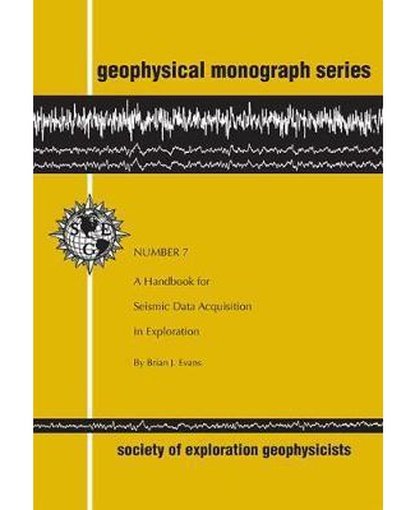Evans, Brian J.
A Handbook for Seismic Data Acquisition in Exploration
A Handbook for Seismic Data Acquisition in Exploration
Couldn't load pickup availability
This illustration-rich book explains a broad spectrum of seismic data acquisition operations from a fundamental and practical standpoint, ranging from land to marine 2D methods to 3D seismic methods. The book explains why we use the seismic method in exploration and is written in a manner palatable to geologists, field crews, exploration managers, petroleum engineers, and geophysicists. The book is written by a senior lecturer at a university and is ideal for use as a text in educational settings. It opens with a brief history of the origins of the seismic method. It explains how to understand what we see on shot records. It examines the problem of noise and how to improve seismic signals using geophone and hydrophone arrays. Other discussions cover land and marine receiver equipment, available energy sources, fundamental stacking methods as an approach to understanding operations of seismic instrumentation, basic geodetic systems, and the use of GPS systems. Each chapter concludes with exercises designed to emphasize problems of recording field data, including setting up survey parameters.


